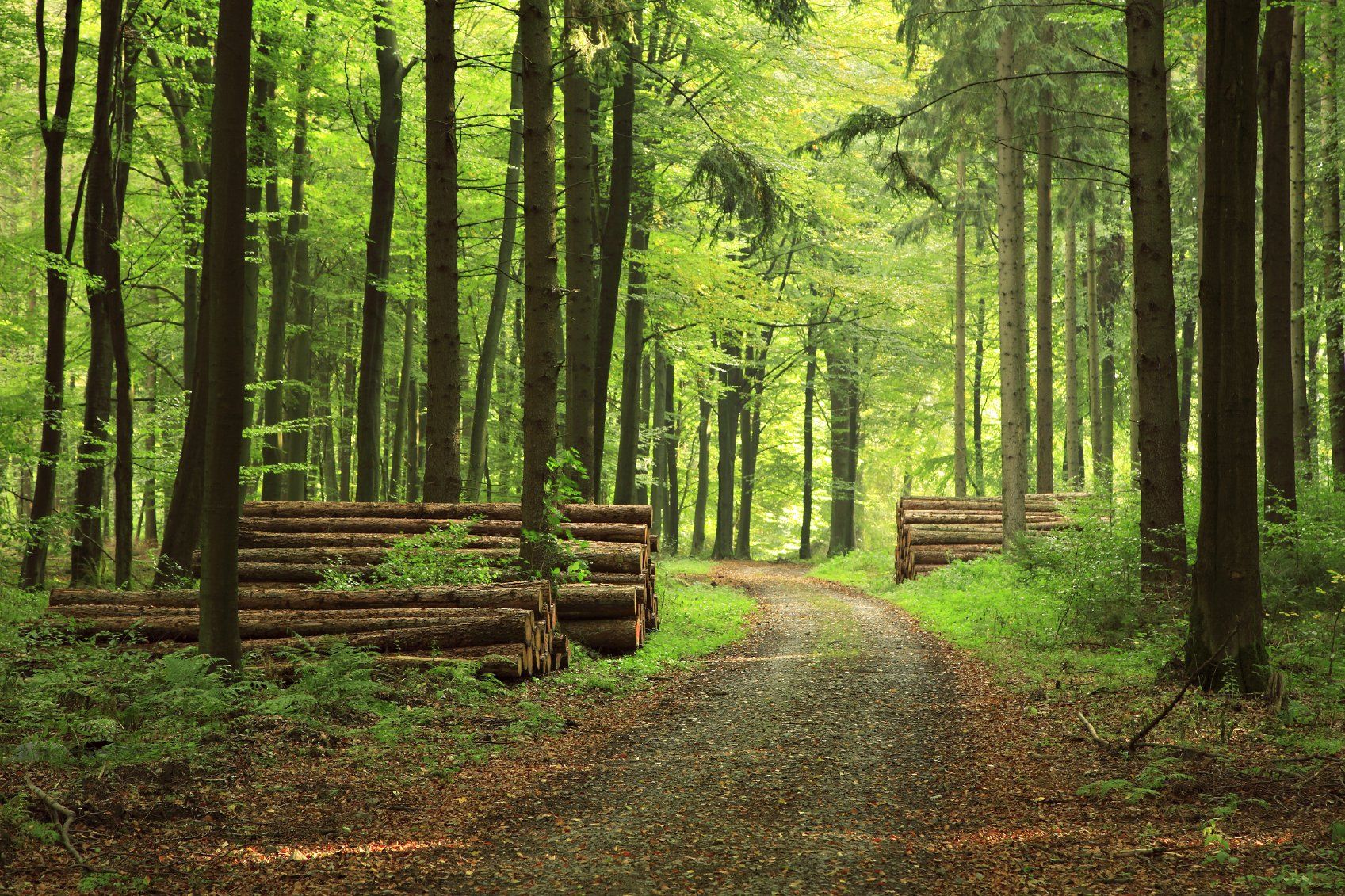Connected to nature
Living in harmony with nature and the seasons
Nature and grace are in a harmonious relationship. For grace is nature and nature is God. Neither nature nor grace works without the other. They can never be separated. The goodness that is nature is God. God is the reason, the substance, the same as nature is. God is the true Father and Mother of nature.
Saint Julian of Norwich (1342-1413)
Our Celtic brothers and sisters at the time of the historic Celtic Church lived closely connected to the rhythm of the seasons and the elements in nature. They perceived nature as animated by visible and invisible life, but also by the divinity itself. In modern society, we often lack this closeness to nature and the seasons, yet it is essential for mental and physical health. In his book "Lost Connections", Johann Hari has compiled the scientific evidence that indicates that anxiety and depression are the result of disconnection from nature and a self-determined life. In the Ancient Celtic Church, being connected to nature plays a major role and this is how we counteract modern disconnectedness and disengagement. The eight Celtic festivals in the annual cycle play a central role in this:
- Imbolc (1 February)
- Spring equinox (21 March)
- Beltane (1 May)
- Summer Solstice (21 June)
- Lammas or Lughnasa (1 August)
- Autumn equinox (21 September)
- Samhain or All Hallows' Eve (1 November)
- Winter equinox (21 December)
At intervals of about 6 weeks we consciously seek contact with the seasons and nature and, if possible, devote ourselves to outdoor activities and rituals appropriate to the season. We celebrate these rituals in the group or alone and thus tune in to the changes in nature. This rhythm helps us to break out of our normal everyday life and gives us a structure. It does not matter whether the rituals are Christian or more nature-based, pre-formulated or spontaneous. You don't have to be a clergyman to do them; anyone can do them.
A recommended book on nature connection in a Christian context is "Earthed: Christian Perspectives on Nature Connection" by Bruce Stanley and others.
Christian rituals and prayers in the Celtic cycle of the year
The British author and clergyman David Cole published in his book "The Celtic Year - A rhythm of prayer and meditation for the eight points of the Celtic year" seasonal rituals and daily prayers in a weekly rhythm corresponding to the eight seasons. The rituals contain thoughts on the season, readings from the Holy Scriptures and prayers. Other recommendable books on the Celtic year have been published, e.g.
- The Celtic Wheel of the Year - Christian & Pagan Prayers & Practices for each turning, von Meg Llewellyn, 2020
- Celtic Wheel of the Year: Celtic and Christian Seasonal Prayers, von Tess Ward, 2007
The Forest Church
The Forest Church is a movement that originated in the British Isles. Members seek contact with the divine in nature, following the Celtic cycle of the year. It appeals above all to people who are no longer so familiar with the classical church. The rituals are therefore less churchy and more nature-spiritual, but this does not mean that they are unchristian. On the contrary, the members also include clergy from the church. In his book "Forest Church - A Field guide to nature connection for groups and individuals", Bruce Stanley describes the concept of the forest church and gives ideas for the activities and rituals at the eight festivals in the annual cycle. The rituals are given as examples in the book, as part of the Forest Church concept is that groups or individuals design their own rituals. The Ancient Celtic Church has designed its own Forest Church ritual, which can be downloaded from this website. In Germany there is a group of the Forest Church movement called Lebensbaum Waldkirche (Tree of Life Forest Church).
Activities with the family and children
A veritable treasure chest of ideas for activities with children in nature is the book "The Children's Forest - Stories & songs, wild food, crafts & celebrations all year round" by Dawn Casey, Anna Richardson and Helen d'Ascoli. The book is based on the Celtic cycle of the year and is ideal for children aged 3-12 years, forest schools and forest nurseries. It contains seasonal stories, songs, craft instructions, outdoor games, animals, trees, plant lore, recipes, meditations and ceremonies.
Wild Church
Wild Church sees itself as a spiritual movement that focuses on the connection between nature and spirituality. It is not primarily about a traditional church structure, but rather about shared experiences in the open air, a connection to nature and openness to very different paths of faith. https://www.wildchurchnetwork.com/



